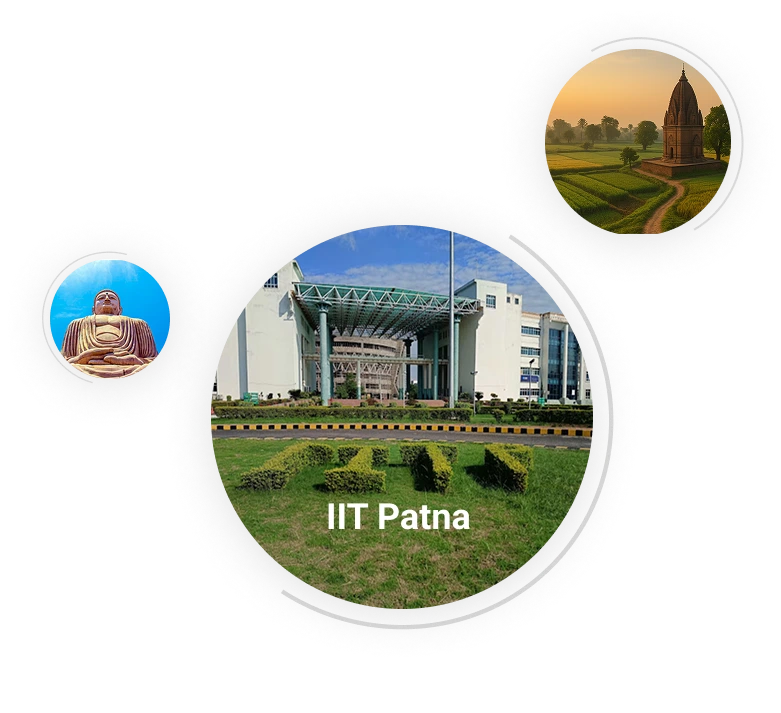Bihar has many rivers, like mother Ganga. The other streams and tributaries in the state are
- Poonpoon
- Falgu
- Karmanasa
- Durgawati
- Kosi
- Gandak, etc.
It is the thirteenth-largest state in terms of area and third largest in terms of population. The state has a World Heritage site by UNESCO which is Mahabodhi Temple at BODHGAYA.
The advantage of the location affects the range of marketability of the local products and art and craft attributable to the concerned region. The access to ports like urban centres and the Haldia, the material sources and mineral reserves from the neighbouring states too gives it an important place on the map.
The state is the fourth-largest producer of vegetables and the eighth largest producers of fruits in India. Bihar has a richly diverse linguistic heritage incorporating five major languages namely Angika, Bajjika, Bhojpuri, Magahi, and Maithili.
Bihar is the birthplace of Buddhism as the divine light of enlightenment was showered on Gautama Buddha, and he attained enlightenment while delivering his first sermon called “Dharma Chakra Pravartana”, and announced his “Parinirvana”
Important pilgrimage centres of the state are Rajgir, Nalanda, Vaishali, Pawapuri (important for Jainism because here, Lord Mahaveera the last Teerthanker attained Nirvana), Bodh Gaya, Vikramshila (Buddhist University), Gaya, Patna, Sasaram (Shershah Suri’s grave) and Madhubani, Chaumukhi Mahadev etc.
Patna is among the fastest-growing cities in the world, in terms of infrastructure and the rate of changes. The growth rate of the region is also high because of a variety of economic activities and effective leadership.
The religious composition of the region is Hinduism 82.7%, Islam 16.9%, Christian 0.12, Buddhism 0.02%, Jainism 0.02%, Sikh 0.02%, others 0.21%








































